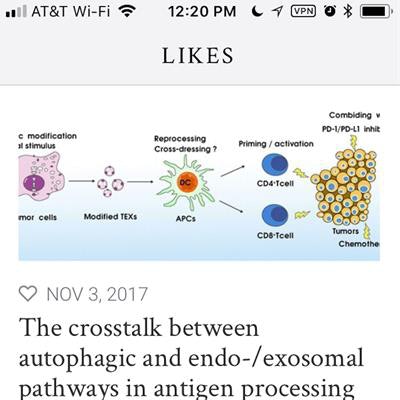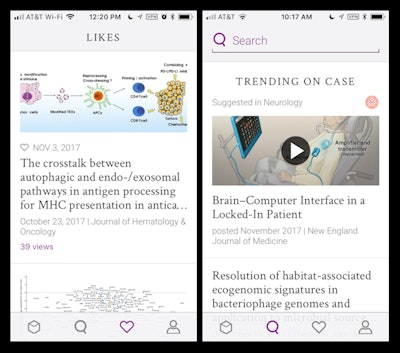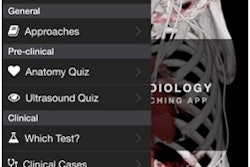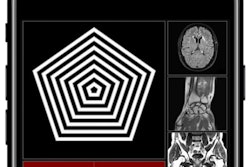
AuntMinnie.com presents the next article in an ongoing series highlighting notable mobile apps in radiology. In this installment, we take a look at Case, an iOS and Android app developed by mobile app start-up Kernel. Based on machine-learning techniques, the app and its companion website are designed to help medical researchers and specialists keep up with the latest research in their areas of interest.
To learn more about Case, we chatted with Avikk Ghose, co-founder and CEO of Kernel.
 Avikk Ghose, co-founder and CEO of Kernel.
Avikk Ghose, co-founder and CEO of Kernel.AuntMinnie: What inspired you to create this app? What problem does it help solve?
Ghose: In 2015, I met a urologic cancer surgeon who treated my father at the University of California, San Francisco (UCSF) Medical Center. As a teaching physician, she cared deeply about leading-edge research and subscribed to more than 10 journals, including the Journal of Clinical Oncology. With so many journals, it was challenging for her to stay current with the latest research for patients. She explained to me that she receives emails from many journals and had to visit many different sites for research. She said she would love to have this information condensed into one mobile app to save time.
Who is the target audience, and how do you envision the app will be used?
We designed Case for medical researchers and specialists such as the urologic cancer surgeon I met at UCSF. Case scans thousands of medical journals to bring you the latest research in a disease, pathway, or protein (for example, acute myeloid leukemia, PIM pathway, and p53). We use machine-learning technologies to help you stay up to date, so you never miss the latest research in your area.
What are the app's most important features? Could you describe how it uses machine learning?
We designed Case to include scientific videos and audio transcriptions, as well as research papers from medical journals. In addition, you may follow your area of interest based on specific keywords (disease, pathway, protein, or gene). Other mobile apps let you follow a broader specialty or collection of journals, which means you may not always receive articles in your area of interest.
We use machine-learning algorithms (based on Google TensorFlow) to learn your research preferences and get smarter over time -- a little like Netflix recommendations. Our algorithms prioritize articles based on exogenous factors (for example, journal impact factor, Altmetric score, citations, and authors) and endogenous factors (for example, number of views, shares, and likes). This brings you the latest research in your specific area of interest and saves you time.
 (Left) Case synchronizes "liked" articles for users across both mobile and web platforms. (Right) Case can also display recommended videos for a user's particular area of interest. Images courtesy of Avikk Ghose.
(Left) Case synchronizes "liked" articles for users across both mobile and web platforms. (Right) Case can also display recommended videos for a user's particular area of interest. Images courtesy of Avikk Ghose.Users can tap the study title to view the abstract and then tap "Read Full Article" to view the entire article. We designed these steps so users can easily determine whether an article is worth reading (by viewing the abstract) before deciding whether it's important to read the full article.
How can the app be used in radiology?
Radiologists can use Case to follow the latest research and developments, such as using brain amyloid PET scans to diagnose people with Alzheimer's disease, across all scientific journals.
How many users do you currently have?
The number isn't significant because we haven't done any marketing or PR to date. For almost two years, we've been refining our machine-learning algorithms to identify and deliver the most relevant research articles based on an area of interest. We're just starting to reach out to researchers and let them know about Case.
Some numbers we can share: Our user base grew 4x last year with zero marketing or PR efforts. Our average session time is more than five minutes on the mobile app and more than 20 minutes on the Case website. In comparison, users spend one minute on Twitter (according to an article on AdWeek).
What are your future plans for the app? Are there any new features in the works?
Coming soon, we'll add features that PubMed doesn't have, such as the ability to search by Altmetric score and the number of citations. Our longer-term plans for 2018: Add more content sources -- including video -- and make it easy for researchers to post updates and papers directly to their followers on Case.
Case can be downloaded for free from the iTunes Store and Google Play. Users can view full articles on Case from journals they subscribe to and pay other journals to access their content.




















